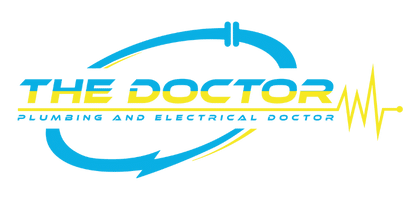5 Tips in Clearing Blocked Drains
The Good Old Fashioned Way
A blocked drain isone of the most troublesome plumbing issues that you can get in your household. A toilet that is slowly draining or water not flushing down, water pooling up every time you take a shower or the kitchen sink not draining. These are plumbing issues that need immediate attention.
Common Causes of Blocked Drains
Understanding the common causes of blocked drains is essential in preventing them from occurring in the first place. By being aware of these causes, you can take proactive steps to minimize the risk of blockages and keep your drains flowing smoothly.
Debris and other foreign objects that are accumulatively stored are the major sources of why blocked drains arise. Over time, dirt, hair, food particles, grease, soap scum, and other substances can build up in your drains, creating blockages. These blockages can restrict the flow of water and eventually lead to complete clogs. One more familiar sources of blocked drains are roots of trees. Tree roots have a natural tendency to seek out sources of water, and if there are any cracks or gaps in your pipes, they can infiltrate your plumbing system. Once inside, tree roots can grow and expand, causing blockages and potentially damaging your pipes.
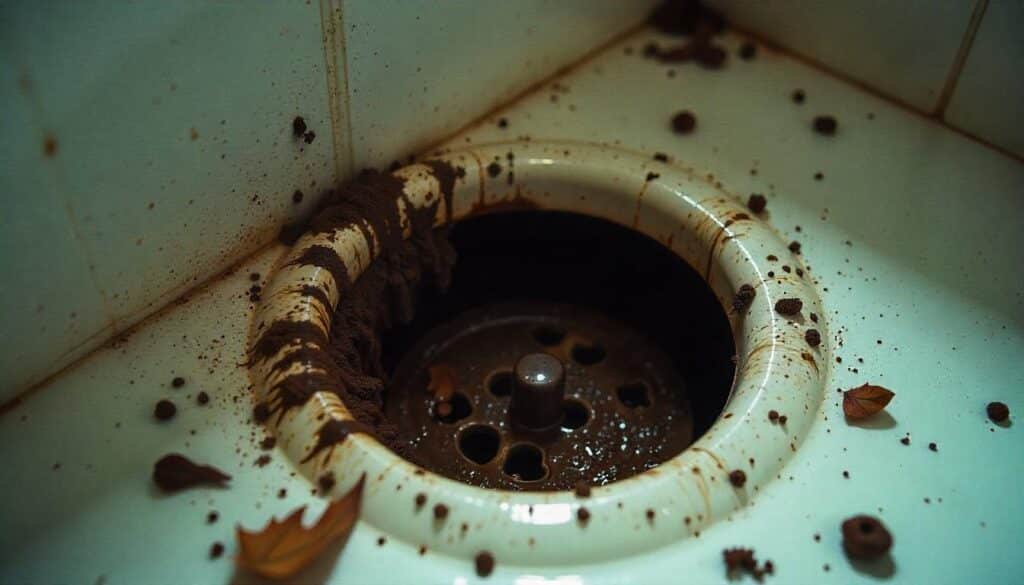
In addition to debris and tree roots, another cause of blocked drains is the improper disposal of waste. Items such as wet wipes, sanitary products, cotton balls, and dental floss should never be flushed down the toilet or washed down the sink. These items can easily get stuck in your pipes and contribute to blockages. Grease and fat are also common culprits when it comes to blocked drains. When you pour grease or fat down the sink, it may initially flow freely, but as it cools, it solidifies and can cling to the inside of your pipes. Over time, this can lead to blockages and cause water to back up.
By being aware of these common causes of blocked drains, you can take the necessary precautions to prevent them from occurring. In the next section, we’ll explore the signs of a blocked drain, so you can identify the problem early and take action. Please read more
Signs and Symptom of a Blocked Drain
Identifying the signs of a blocked drain is crucial in addressing the issue before it escalates into a major problem. By recognizing these signs early on, you can take the necessary steps to clear the blockage and prevent any further damage to your plumbing system. When water runs slows into your drains that’s the symptom and one familiar sign you have a blocked drain. If you notice that water is taking longer than usual to drain from your sinks, bathtub, or shower, it could be an indication of a blockage. A partial blockage may still allow some water to pass through but at a much slower rate.
Another sign of a blocked drain is a foul odor coming from your drains. When debris accumulates in your pipes, it can produce unpleasant odors that waft up through your drains. If you notice a persistent, unpleasant smell, it’s likely that there is a blockage somewhere in your plumbing system. Gurgling sounds coming from your drains can also be a sign of a blocked drain. When water is unable to flow freely due to a blockage, it can create air bubbles that cause gurgling or bubbling noises. If you hear these sounds when using your sinks, bathtub, or toilet, it’s a clear indication that there is a blockage.
Finally, if water is backing up or overflowing from your drains, it’s a definite sign of a blocked drain. This can happen when a blockage becomes severe, preventing water from flowing through your pipes. If you notice water pooling around your drains or overflowing from your toilet, it’s important to address the blockage promptly to prevent further damage.
By paying attention to these signs, you can quickly identify a blocked drain and take the necessary steps to resolve the issue. In the next section, we’ll discuss the benefits of regular drain inspection, we are able to prevent blocked drains and clear minor blockages.
The Benefits of Regular Drain Inspections
Regular drain inspections play a crucial role in maintaining the health and functionality of your plumbing system. Regular drain inspections can offer numerous benefits when it comes to preventing blocked drains and costly repairs. By having your drains inspected on a regular basis, you can identify any potential issues before they turn into major problems.
So must read and let’s try to do some regular drain inspections:
1. Early Detection of Issues:
Drain inspections can identify any potential issues, such as cracked pipes or tree root intrusion before they cause major blockages or leaks.
2. Preventive Maintenance:
By catching issues early on, you can take proactive measures to prevent blockages and costly repairs.
3. Improved Drainage Performance:
Professional drain inspections can identify any obstructions or buildup that may be affecting the performance of your drains. By removing these obstacles, you can ensure optimal drainage.
4. Peace of Mind:
Knowing that your drains have been thoroughly inspected by professionals can give you peace of mind and confidence in the health of your plumbing system.
By investing in regular professional drain inspections, you can stay one step ahead of any potential issues and maintain a problem-free plumbing system.
Eco-friendly Drain Maintenance Practices
In addition to preventing blocked drains, it’s important to adopt eco-friendly drain maintenance practices. By doing so, you can protect the environment and promote sustainable living.
Please follow these eco-friendly tips and evaluate:
1. Use Natural Cleaning Products:
Opt for natural cleaning products, such as vinegar and baking soda, instead of harsh chemical cleaners. These are not only better for the environment but also safer for your pipes.
2. Minimize Water Usage:
Be mindful of your water usage to reduce the strain on your drains. Fix any leaks promptly and avoid excessive water wastage.
3. Properly Dispose of Hazardous Materials:
Dispose of hazardous materials, such as paint or chemicals, at designated recycling centers. Avoid pouring them down the drain as they can cause damage to the environment.
4. Consider Water-Saving Fixtures:
Install water-saving fixtures, such as low-flow showerheads and faucets, to reduce water consumption and minimize the strain on your drains.
By incorporating these eco-friendly practices into your drain maintenance routine, you can play your part in protecting the environment while keeping your drains in good condition.
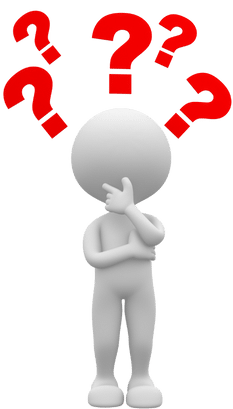
Question:
What are the signs I should be aware of to determine that there’s a possible blockage?
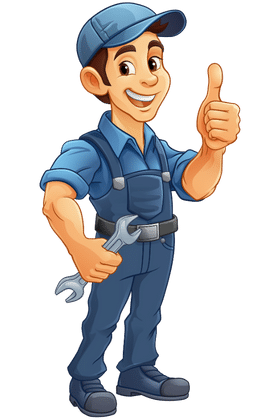
Answer:
Use your senses, to look, smell, and listen. If you notice any of the following signs, you may have a possible blockage.
- If you see a puddle of water or overflowing water coming out of your drains, or your toilet won’t flush properly.
- Is there a foul odour coming out of your drains or toilet?
- Or you hear a gurgling sound coming from your drain pipes/drainage system or toilet.
Unblock Your Drain the Old-School Way
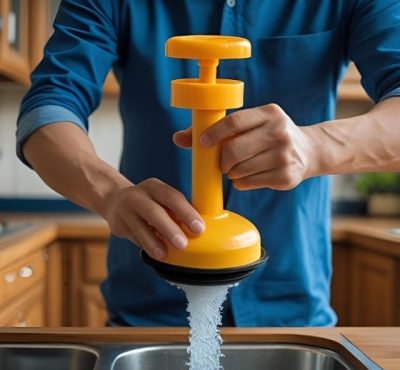
1. Handy Plunger
If we are talking about old fashioned way, nothing beats the handy plunger (a must-have for every household). If your sink or toilet drains slowly, try first using the plunger on it. If attempting to plunge a sink or bath that may have an overflow, make sure to cover it to use the plunger effectively.
This allows air or pushes the water to unclog the blockage inside. If you got the double sink, put the plug in one whilst plunging the other to get good pressure going inside. Take note though that you might need to give this a try several times before you get some results.
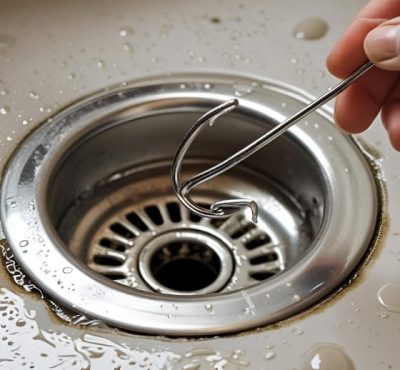
2. Try Using A Wire Coat Hanger
Straighten out the wire and then bend the end like a fish hook. You can use this to remove debris like hairs, toilet paper or food residue that has caused the blockage. Just be careful in using it since it may cause damage to the pipes.
Also, if you feel resistance when trying to use this improvised tool, do not aggravate the problem by pushing down the blockage further down the pipes.
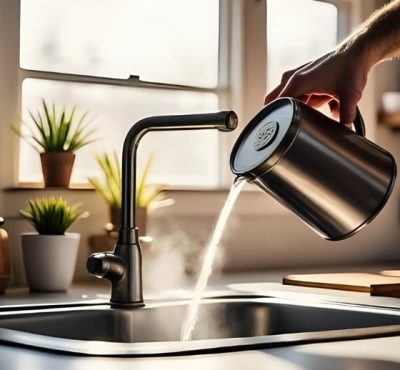
3. Pour A Kettle Of Boiling Water Inside The Blocked Pipe
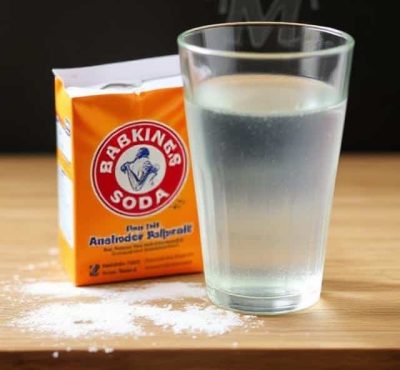
4. Use A DIY Solution Or Cleaner
Use one cup of baking soda and one cup of vinegar. Pour the baking soda down the blocked drain then follow it with the vinegar. This creates a chemical reaction inside the pipes and helps to dislodge any blockage inside. This is especially helpful in dislodging grime, grease buildup and soft residue inside the pipes.
Take extra precaution though when using this kind of solution since it can possibly cause a chemical burn and eye irritation. Use protective gear like gloves and a mask when using this. Also, you might need to do this a couple of times before you get the result that you desire.
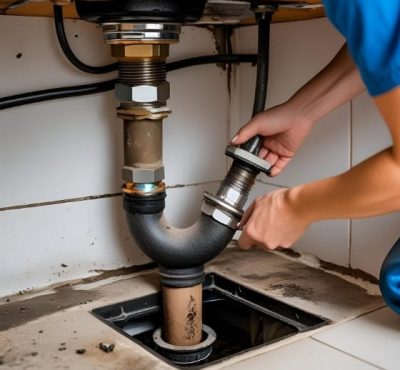
5. Remove The U-Shaped Pipe
If you want to get down and dirty, you can remove the U-shaped pipe (s trap) underneath the sink. This is where most food scraps and food residue gets stuck and can cause a blockage inside the pipes. Just take a spanner or Multi grips and unscrew the nuts on both ends of the pipe to remove it.
Make sure you have a bucket ready underneath the pipe to catch the water and waste inside. Thoroughly clean the pipe of any food debris or grime that may be stuck inside. While on it, make sure to also check and clean the connecting pipes to ensure that no other debris is inside that may cause a future blockage.
Here is another article that you may find interesting in regards to “Do I call a Plumber or a Drainer to clear my drains?“If all your old-fashioned ways do not work, then it would be time to contact us at 13 10 91 in cleaning your blocked drains. We are serving areas in Canberra, Newcastle, Central Coast, Hunter Valley, Lake Macquarie, and Port Stephens.
THE DOCTOR GETS IT DONE
